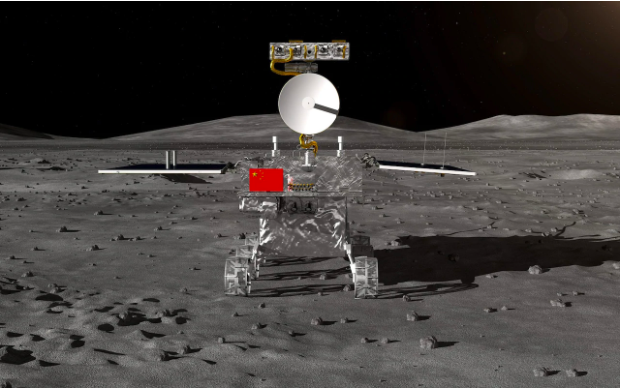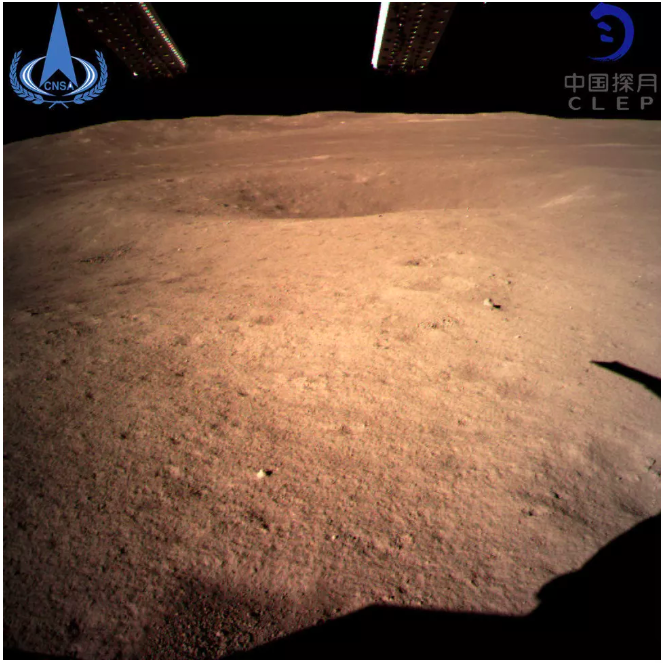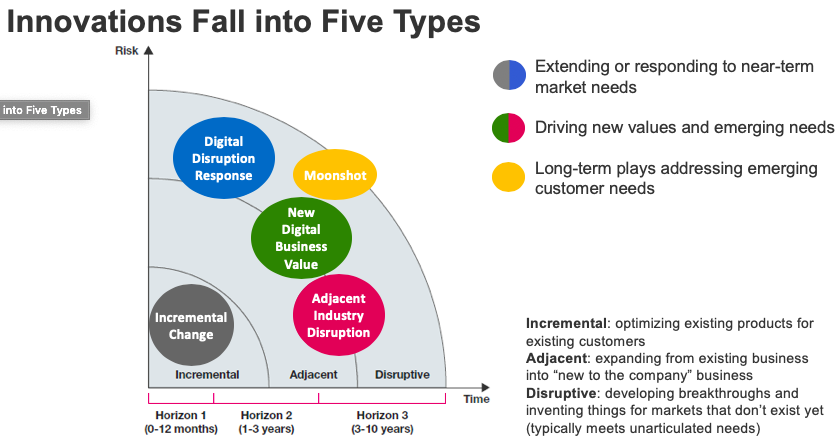China Takes The Moonshot Advantage
The origin of the term “moonshot” — used to describe the most advanced, disruptive innovations — has returned again as an innovation focus of its own. Last week, the China National Space Administration (CNSA) disrupted its competitors, such as NASA, by landing its Chang’e-4 spacecraft on the dark side of the moon.

The CNSA’s own “moon shot” is now using robotics to collect information about the region of the moon forever hidden from Earth. The Chang’e-4’s mission is a significant first-time technology achievement and strong signal of the ambitions of China’s space program, looking to become a global superpower and send humans back to the moon, which could now happen in just 6–8 years.

(Credit: CNSA/Xinhua via Getty Images)
The term moonshot, which is used today to describe long-term, tech-driven, market-disrupting innovations, originated based on US President John F. Kennedy’s mission statement in 1961. NASA’s investments at that time, which started as a digital disruption response to Russia’s early investments in space travel, led over the next 10 years to not only the first human trip to the Moon but also the development of thousands of new technologies that have since been applied more broadly to the overall market and have contributed to the US being the tech market leader, a status it has benefited from for the past 50 years.
China’s latest moonshot has a similar origin, starting as a response to NASA’s return to investing in space travel but since moving ahead of these efforts and positioning itself as the new space travel innovation leader.
And this moonshot landing and robotics collection model is now pushing the US government to increase its NASA investments (a digital disruption response prioritization). Prior to China’s success, NASA has been investing in a similar mission and partnered with nine commercial companies to help build out the technologies needed to return to the moon. But the 2030s have been its most likely target dates; now that clearly needs to move up.
As you think about your own market presence and how you can ensure future leadership, think of yourself in the context of NASA, which has been a market leader in space exploration since 1968 but is now finally facing market disruption. Are you prioritizing market-leading innovations and successfully bringing them to market? In your innovation portfolio, are you purely investing in incremental product improvements and digital disruption response, or are you proactively investing to be the market disruptor yourself? While moonshot innovations can take years to bring to market, those companies and government agencies that have successfully brought moonshots to market (such as Apple with the iPhone and Uber with its travel services) have achieved substantial market expansion and leadership positions.

Want to make sure that your company achieves such future market positioning? Forrester can help you get there by leveraging the best practices and methodologies documented in our innovation research. Reach out to us today.
And if you have already executed moonshots and/or prioritized them in your innovation efforts, I’d love to talk to you about your experiences, as one of my next research reports is focused specifically on this innovation type.